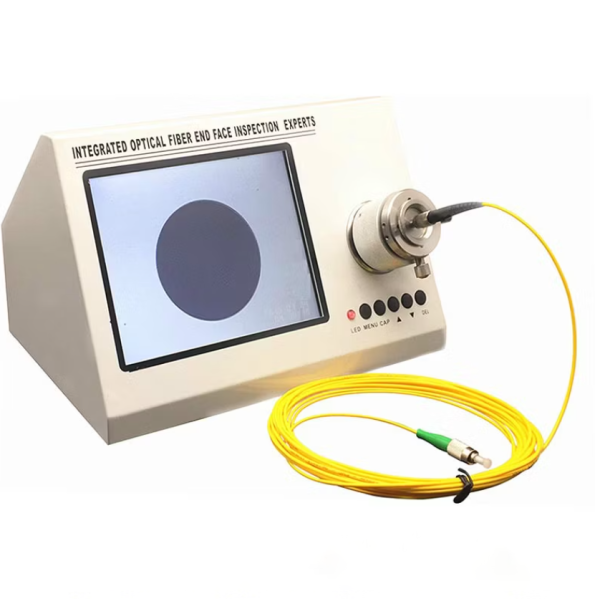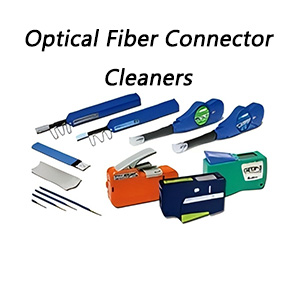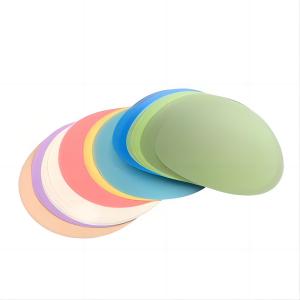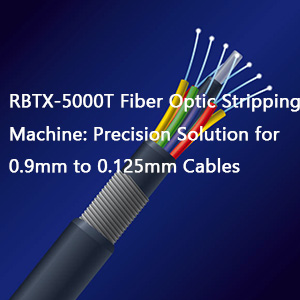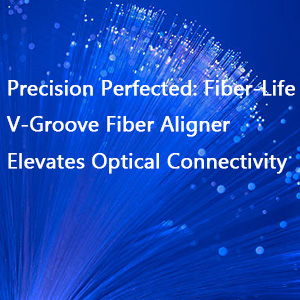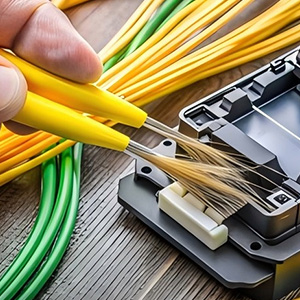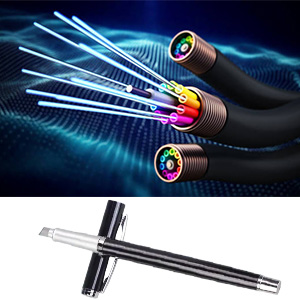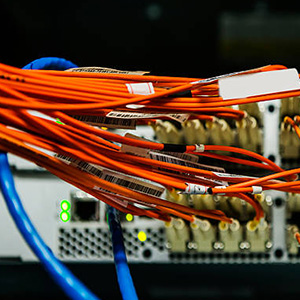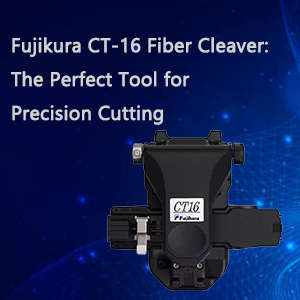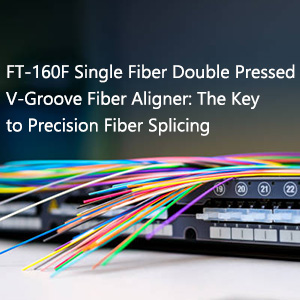In the world of fiber optics, network performance often depends on subtle factors, such as the cleanliness and condition of the fiber connector endfaces. This is where a Fiber End-Face Microscope comes in, a tool that helps technicians inspect and ensure that fiber endfaces are free of dust, scratches, or contamination—factors that can cause signal loss or complete failure of the connection. Whether you work in high-speed data centers, telecommunications networks, or FTTH installations, inspecting fiber endfaces is an essential step.
What Is a Fiber End-Face Microscope?
A Fiber End-Face Microscope is a handheld or benchtop inspection device used to visually examine the tip—or “end face”—of a fiber optic connector. These microscopes magnify the fiber’s surface, helping technicians spot any contamination, chips, or alignment issues that could affect signal integrity.
There are two main types:
- Optical Microscopes: Use a combination of lenses and a light source to view the end face manually.
- Digital Microscopes: Use a camera and display to offer a live, zoomed-in view of the connector surface.
Why Is End-Face Inspection So Important?
Even the tiniest speck of dust or scratch on a fiber end face can cause:
- Signal attenuation
- Increased return loss
- Network errors or data corruption
- Permanent connector damage during mating
Industry standards like IEC 61300-3-35 emphasize the importance of end-face inspection and cleanliness. That’s why many technicians follow the golden rule: Inspect, Clean, Inspect again.
Key Features to Look for in a Fiber End-Face Microscope
| Feature | Description |
|---|---|
| Magnification | Typically ranges from 200x to 400x, depending on inspection needs |
| Adapter Types | Interchangeable tips for SC, FC, LC, MPO/MTP connectors |
| Light Source | LED or infrared, depending on the microscope type |
| Display Options | Built-in LCD screens or USB output for viewing on PC or tablet |
| Pass/Fail Analysis | Automated software grading (available in digital models) |
| Battery Life | Especially important for handheld and field use |
Applications of Fiber End-Face Microscopes
Fiber End-Face Microscopes are used in a variety of environments:
- Data Centers: For regular inspection of high-density connections
- Telecommunications: Ensures fiber links meet quality standards
- Field Installations: For FTTH, FTTB, or enterprise network deployments
- R&D and QA Labs: For product testing and failure analysis
Best Practices When Using a Fiber End-Face Microscope
- Always inspect before connecting fibers.
- Use proper adapters to match connector types.
- Avoid touching the fiber tip during inspection.
- Clean with approved tools (fiber cleaner pens, wipes, or cassettes) if contamination is found.
- Re-inspect after cleaning to confirm cleanliness.
Summary
Fiber End-Face Microscopes are an indispensable tool for anyone working in fiber optics. They help prevent costly network issues caused by contaminated or damaged connectors. Whether you’re installing new links or maintaining existing ones, always remember: Inspecting the end face is not optional—it’s essential.

